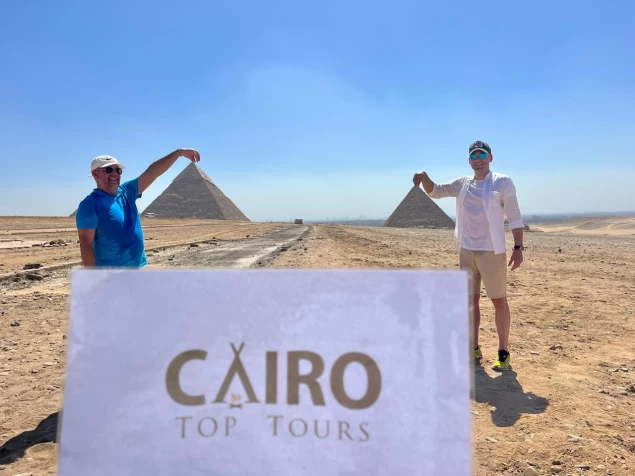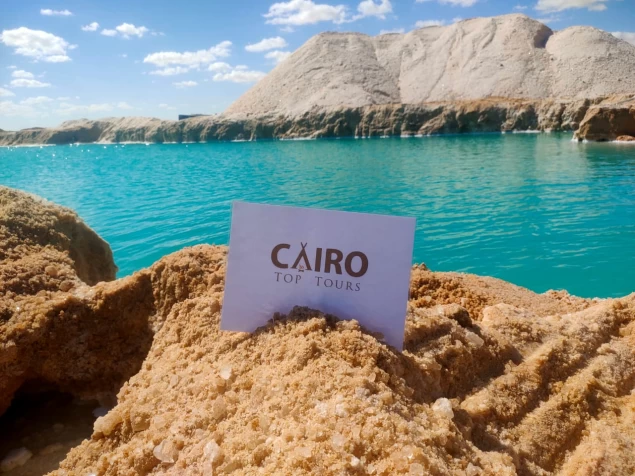Egypt boasts a rich and intricate history shaped by numerous monarchs and rulers over thousands of years.
Renowned for its vast historical records spanning more than 6,000 years, Egypt is home to many iconic landmarks, such as the Great Sphinx and the Giza Pyramids, frequently featured in various Egypt Day Tours. The country is dotted with countless ancient sites, including Memphis and the Dahshur pyramids. With a diverse array of options catering to all interests, Egypt is a favored destination for those seeking to explore its historical heritage, culture, and traditions.
Most Notable Kings of Egypt
During a leisurely Nile River Cruise, visitors can set foot in Thebes (modern-day Luxor), Karnak Temple, and the Valley of the Kings. These locations exemplify Egypt's rich legacy and continue to attract significant scholarly and public interest. The extensive cultural heritage of Egypt is a vital component of its national identity, having absorbed various foreign influences over time, including those from Greek, Persian, Roman, Arab, Ottoman Turkish, and ancient Nubian cultures.
List of Rulers of Egypt
Egypt emerged as an early and significant center of Christianity but underwent a substantial Islamization in the seventh century, resulting in a predominantly Muslim population, alongside a notable Christian community. This guide provides an overview of the history of Egypt's most influential monarchs, highlighting their architectural contributions, which can be appreciated firsthand during numerous Cairo Day Tours. For further exploration, consider our Egypt Vacations or browse through our diverse offerings in the Egypt Travel Packages!
The Life of Kings in Egypt
The Pharaohs of Egypt aspired to wield immense power and control over vast territories. They maintained formidable armies and were deeply devoted to their religious beliefs, reflecting their profound reverence for their kings.
For those eager to discover remarkable sites and ancient artifacts, visiting Egypt is akin to uncovering extraordinary treasures from a bygone era, such as the Ramesseum.
















